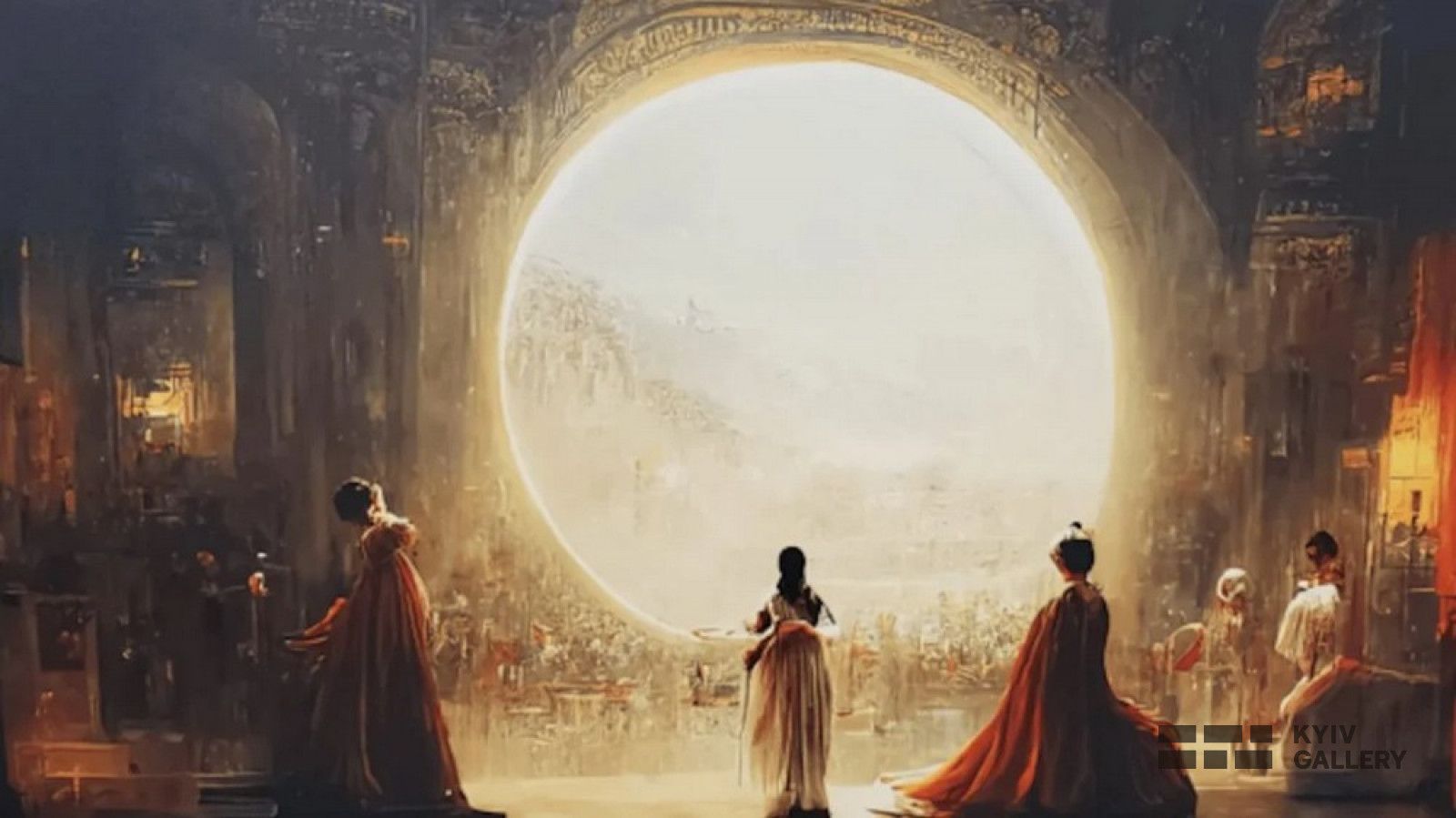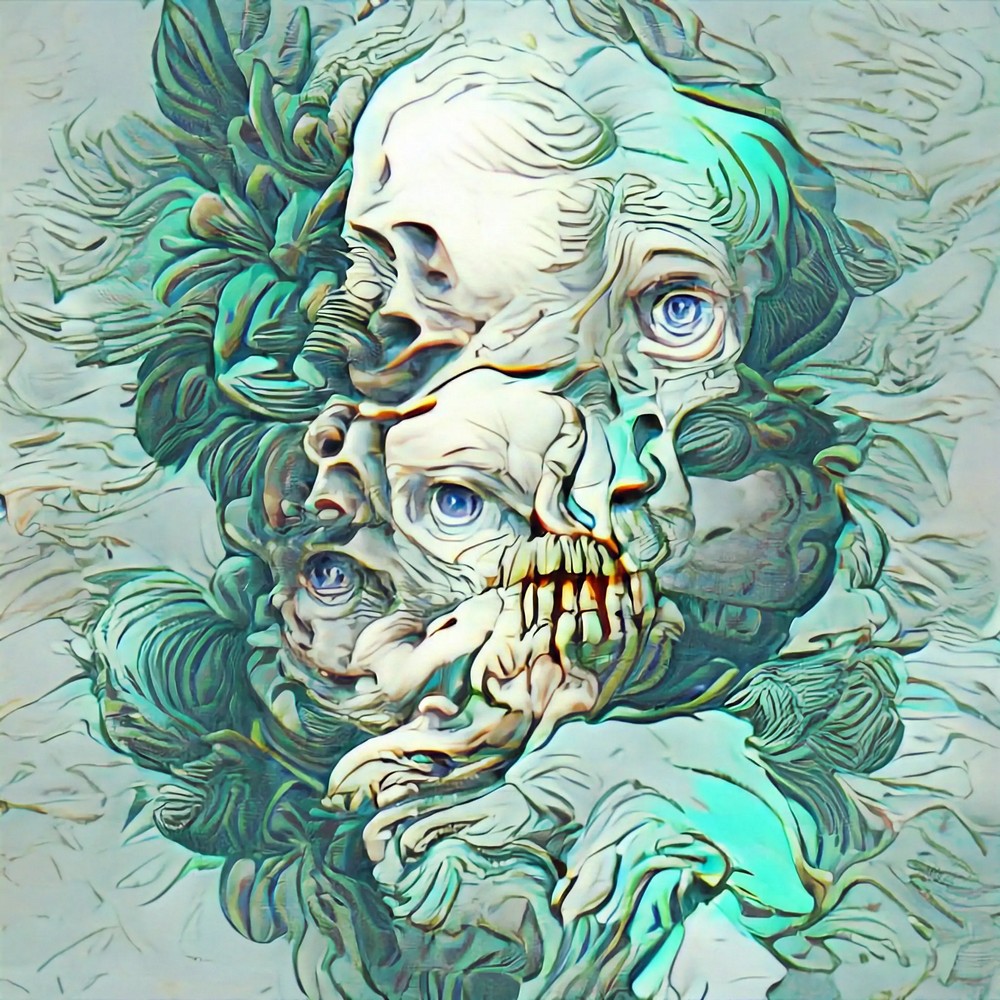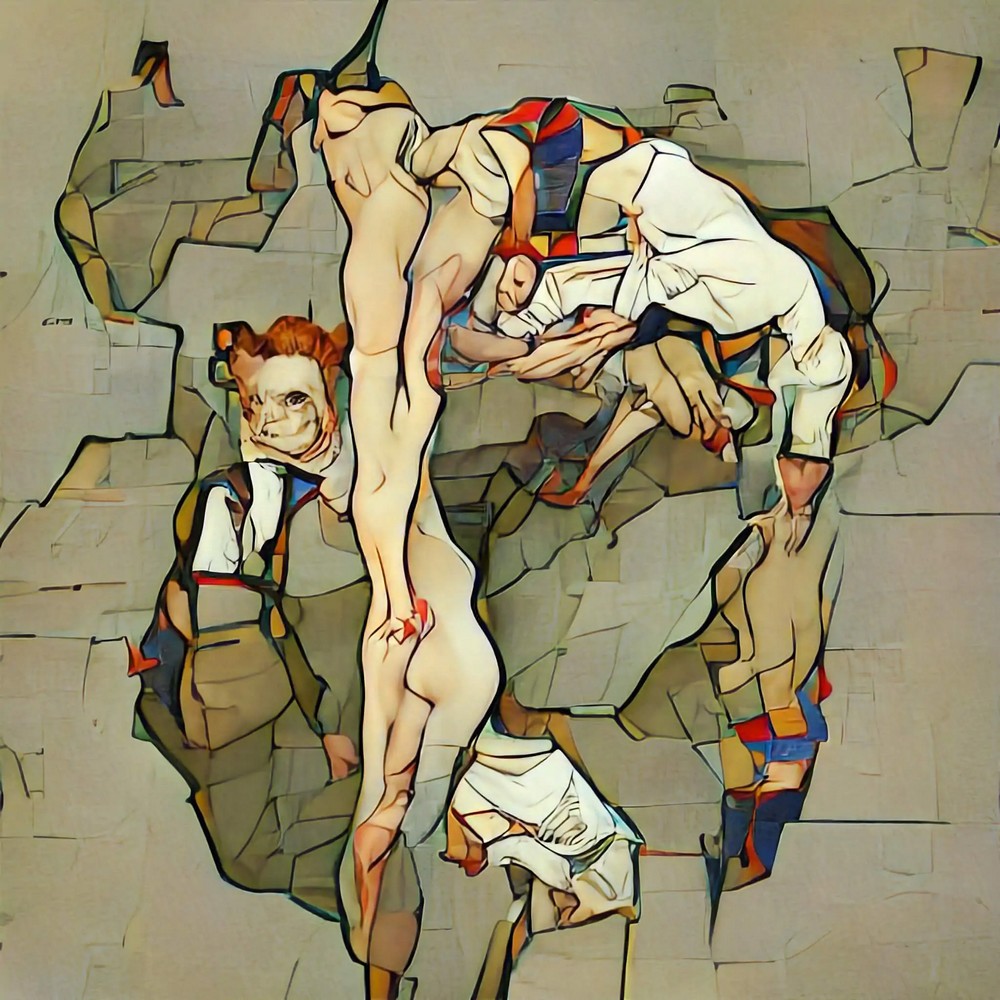

For many years, frightening forecasts have been periodically appearing in the press. Various analysts rightly claim that at the current pace of technology development, most professions may disappear in the future. But if the prospect of replacing loaders with robots does not cause outrage, even hints that a person will give up the sphere of art to the machine provoke panic among artists. Below we will try to figure out how real the threat is and whether we should expect the "death of creative professions" soon.
No one congratulated the winner.
At the end of August 2022, the news of the victory of the head of Incarnate Games, Jason Allen, at the Fine Arts Competition in the United States spread around the network. The piquancy of the situation was given by the fact that the winner created his painting called "Space Opera Theater" with the help of artificial intelligence Mid journey: the robot generated the image based on the request. According to Jason Allen, the work on the canvas lasted several weeks. At first, it took him a lot of time to accurately describe the future picture. After that, he further processed the image using Photoshop and Gigapixel AI. As a result, the file was printed on canvas and presented to the jury.

«Blossoming Cadaver» @bottoproject. Photos © twitter.com
The news of such a violation of the basic principles of fine art outraged the artists. Under the message about the victory, users began to leave angry comments, accusing Allen of approaching the death of creative professions. Discussing with his opponents, the contest's winner drew attention to the fact that the creative element was still present in this work because it was the person who created the description and formed the request. Artificial intelligence has been used to create images for a long time, but it has never before taken victory in creative competitions from artists.
How artificial intelligence earned the first million on paintings
Artificial intelligence removes humans' prizes at competitions and potential fees at auctions. Recently, AI artist Botto has already managed to earn millions by selling digital paintings. The speed of its work is impressive: artificial intelligence generates about 300 pieces per day. Every week, one of them is exhibited at the SuperRare NFT auction after winning the voting on the forum.
The process of creating new works includes several stages. First, the algorithm generates a set of words. After that, it selects images and checks how the result corresponds to the search phrase. The machine generates the name of two words for the final version of the work. Artificial intelligence also complements each work with lines of abstract poetry written by the GPT-3 program.

«Asymmetric Liberation» @bottoproject. Photos © twitter.com
Botto's activity has attracted the attention of users who are ready to invest money in the cryptocurrency of the same name. By the way, for the first six works, artificial intelligence has already brought its owner 1.3 million dollars.
Is there a real threat to creative professions?
The question remains open. Robots can generate paintings hundreds of times faster, which in technical terms, will not be worse than the works of real artists. But the problem is that none of them is a work of art. The picture only sums up the creative search of the author. It is this provenance that gives the piece a sacred value. The painting bears the imprints of the author's personality, fate, and everything that makes us human. For this reason, an arbitrary combination of images, colors, and shapes by a random generator can never compete with the works of real artists.
The only thing expected in the future is the gradual displacement of low-quality template paintings created by artisans by artificial intelligence. However, real art will always be in price. Competition with robots can be an additional incentive to improve the quality of paintings on the market. In a few years, the hype will likely pass, and the cost of artificial intelligence works will not exceed a few tens of dollars. Perhaps one day, robots will be capable of thinking independently and endowing their positions with deep meaning. Real artists will have a competitor, but until this happens, it is premature to talk about the robotization of art.
KyivGallery art critic
